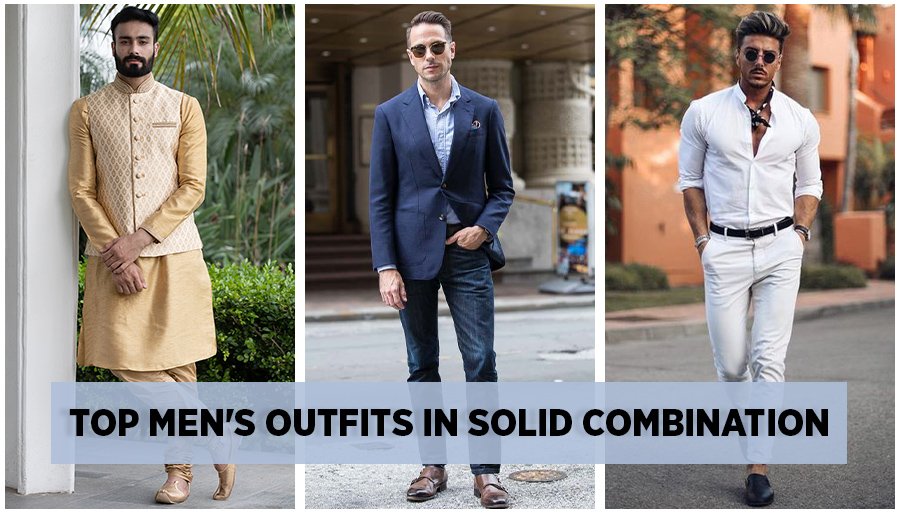Understanding how to dress appropriately for various occasions is key to making a positive impression and feeling confident in your attire. Whether you’re attending a casual gathering or a formal event, knowing the difference between casual and formal dress codes can help you navigate any situation with ease. Here’s a comprehensive guide on how to dress for different occasions, breaking down casual vs. formal attire.
1. Casual Attire
Casual attire is relaxed and comfortable, perfect for everyday wear and informal events.
- Casual Shirts: Opt for T-shirts, polo shirts, or casual button-down shirts. Fabrics like cotton and blends offer comfort and breathability. Patterns and colors can be more relaxed and varied.
- Casual Pants: Jeans, chinos, or casual trousers are ideal for a laid-back look. Choose well-fitted options in neutral or classic colors for versatility.
- Footwear: Sneakers, loafers, or casual loafers work well. Select comfortable and practical shoes that match your outfit.
- Outerwear: For cooler weather, casual jackets like bomber jackets, denim jackets, or lightweight parkas are great choices. These should complement your casual look without being too formal.
- Accessories: Casual accessories might include baseball caps, casual belts, and simple watches. Feel free to add playful or relaxed elements to your look.

Occasions for Casual Attire:
- Weekend outings
- Casual Fridays at work
- Informal social gatherings
- Relaxed family events
2. Business Casual Attire
Business casual attire strikes a balance between professional and relaxed, ideal for many workplaces and some social events.
- Business Casual Shirts: Collared shirts, such as dress shirts or button-downs in solid colors or subtle patterns. You can skip the tie but ensure the shirt is neat and pressed.
- Business Casual Pants: Chinos or dress trousers in neutral colors like beige, navy, or gray. Avoid jeans unless specified as acceptable.
- Footwear: Loafers, derbies, or dress shoes in leather or suede. Ensure they are polished and professional.
- Outerwear: Blazers or sport coats can elevate your look while keeping it business casual. A lightweight sweater or cardigan can also be appropriate.
- Accessories: Minimalist watches, leather belts, and simple ties or pocket squares can add a touch of professionalism.
Occasions for Business Casual Attire:
- Office environments with a business casual dress code
- Networking events
- Semi-formal business meetings
- Company functions
3. Formal Attire
Formal attire is reserved for events that require a polished and sophisticated appearance.
- Suits: A well-tailored suit in classic colors such as navy, gray, or black is essential. Ensure it fits properly, with appropriate tailoring in the shoulders, chest, and waist.
- Dress Shirts: Crisp, white or light-colored dress shirts with a collar that complements your suit. Opt for high-quality fabrics like cotton or cotton blends.
- Ties: A silk tie in a classic pattern or solid color adds a refined touch. Ensure it matches the formality of your suit and shirt.
- Footwear: Leather dress shoes such as Oxfords or Brogues in black or brown. Ensure they are polished and in good condition.
- Outerwear: For added formality, consider a classic overcoat or trench coat in colder weather. These should complement your suit and add to the overall polished look.
- Accessories: Cufflinks, a high-quality watch, and a pocket square add elegance. Keep accessories understated and tasteful.
Occasions for Formal Attire:
- Weddings
- Formal business meetings or presentations
- Galas or black-tie events
- Formal dinners or banquets
4. Semi-Formal Attire
Semi-formal attire is a step between formal and casual, suitable for events where a slightly less formal but still sophisticated look is required.
- Semi-Formal Shirts: A dress shirt or a smart casual button-down shirt in colors that complement your outfit. Adding a blazer can elevate the look.
- Pants: Dress trousers or well-fitted chinos in neutral colors. Avoid overly casual options like jeans.
- Footwear: Loafers or dress shoes in leather or suede. Choose shoes that are clean and polished.
- Outerwear: A blazer or sport coat can add a touch of formality. Choose one that matches or complements your outfit.
- Accessories: Consider a tie or bow tie for added sophistication, along with minimalistic accessories.
Occasions for Semi-Formal Attire:
- Cocktail parties
- Dinner parties
- Certain types of work events or conferences
- Graduation ceremonies
Conclusion
Choosing the right attire for different occasions involves understanding the dress code and selecting pieces that match the formality of the event. From casual and business casual to formal and semi-formal, each dress code has its own set of guidelines that ensure you look appropriate and stylish. By following these tips and understanding the nuances of each dress code, you can confidently navigate any event and make a positive impression. Whether you’re dressing down for a casual outing or dressing up for a formal event, the right attire helps you feel comfortable and look your best.
